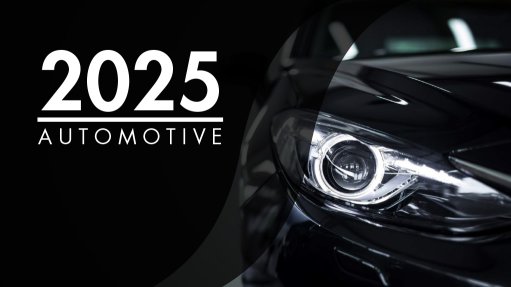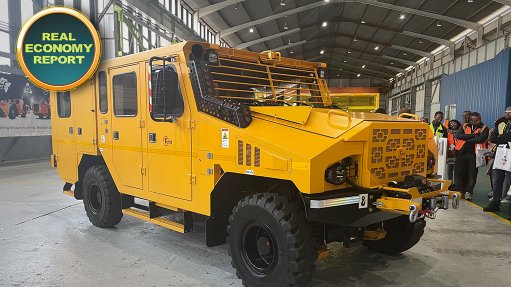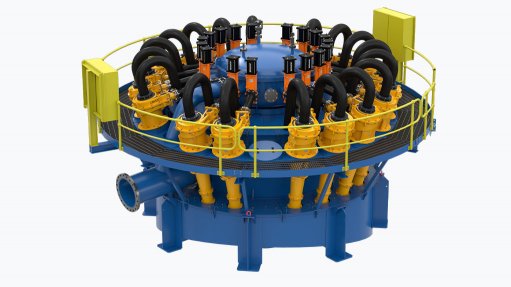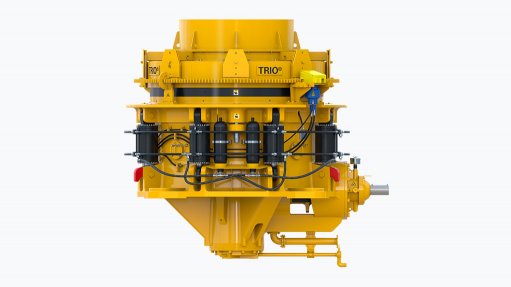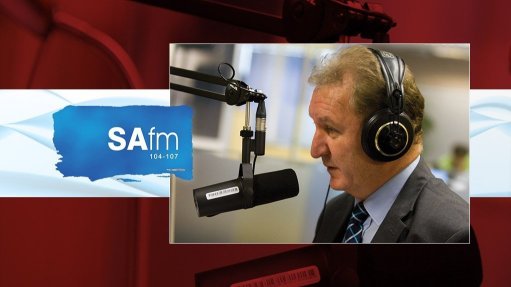Boeing 787 problems unlikely to affect Airbus A350, but new A380 wing production hits snags
European planemaker Airbus does not yet see any need to change the electrical architecture of its latest design, the A350XWB airliner, because of problems now being suffered by US rival Boeing’s 787 Dreamliner. This was made clear by company president and CEO Fabrice Brégier, responding to a question at the recent annual Airbus press conference in Toulouse, France.
The Boeing 787 was recently grounded over safety concerns regarding its use of lithium ion batteries. The A350, which has yet to fly, will also use lithium ion batteries. However, Airbus sources its batteries from a different company to Boeing and the A350 makes less use of electrical systems than the B787. The A350 uses, as traditional, hydraulics for operating the brakes and bleed air (hot air drawn from the engines) for de-icing, whereas the B787 uses electrical systems for both these functions. The A350 uses less power per battery than the B787.
“We went through discussions with the regulatory agencies – EASA (European Aviation Safety Agency) and FAA (Federal Aviation Admini- stration) – and they seemed happy with the (A350 electrical) architecture,” he said. “Regard- ing the A350, we’re in the development phase. We will have many opportunities to change things. With regard to the electric architecture, we see, unless we receive new information, no need to change the architecture.”
“Both Boeing and Airbus give the same prio- rity to safety,” affirmed Brégier. “There is the FAA decision [to ground the B787] which confirms that air transport is one of the safest forms of transport around the world.”
Regarding the A350 programme, he reported that the company was focused on achieving maturity not only of the aircraft but also of the avionics and other systems. There had been some problems with implementing the new automated system for the manufacture of the wings and with some subcontractors.
Nevertheless, last year had seen good progress, with the final assembly line becoming fully opera- tional and the completion and “electrical power on” of the first flying example of the aircraft. Brégier also reported that the engine that will power the A350, the Rolls-Royce Trent XWB, should be certified soon. Everything, he said, was moving towards the aircraft’s first flight, which should be by the middle of this year.
At the same press conference, Brégier revealed that Airbus expects to lose about one month’s production of its A380 Superjumbo this year as it phases in a new wing design for the aircraft. It hopes to recover this lost production next year. The company had to redesign the A380’s wing after two different types of cracks were found in brackets used to attach the skin of the wing to the ribs within the wing. Production of the new wing has started, he reported. It would be incorporated into new build aircraft delivered from 2014 onwards and retrofitted into the existing A380s.
The company won orders for nine A380s during 2012. It delivered 30 of them, which was “what we planned”. (A380 deliveries totalled 26 in 2011.) “The A380 is now operated as a normal series programme,” he stated. The company does not expect any delay in the aircraft reaching its break-even point. “We didn’t change our target on break-even on the A380,” said Brégier in response to a question. “We still aim to break-even in 2015. I see no reason to change this target. We aim to break-even with 30 deliveries in 2015.”
There are now 97 A380s flying in revenue service around the world. “This airplane has now become integrated into [routine] air traffic,” pointed out Airbus COO: customers John Leahy. In the very large aircraft (VLA) market segment (made up of the A380 and the Boeing 747), the Airbus aircraft has now won nine out of ten contracts, “admittedly off a very small base”, he observed. The European company expects to continue to dominate the VLA market.
Leahy noted that the air transport industry was continuing to grow strongly and wondered how that growth could be accommodated with aircraft like the A380. He also revealed that the current (2013) catalogue price for an A380 was $403.9-million.
Comments
Press Office
Announcements
What's On
Subscribe to improve your user experience...
Option 1 (equivalent of R125 a month):
Receive a weekly copy of Creamer Media's Engineering News & Mining Weekly magazine
(print copy for those in South Africa and e-magazine for those outside of South Africa)
Receive daily email newsletters
Access to full search results
Access archive of magazine back copies
Access to Projects in Progress
Access to ONE Research Report of your choice in PDF format
Option 2 (equivalent of R375 a month):
All benefits from Option 1
PLUS
Access to Creamer Media's Research Channel Africa for ALL Research Reports, in PDF format, on various industrial and mining sectors
including Electricity; Water; Energy Transition; Hydrogen; Roads, Rail and Ports; Coal; Gold; Platinum; Battery Metals; etc.
Already a subscriber?
Forgotten your password?
Receive weekly copy of Creamer Media's Engineering News & Mining Weekly magazine (print copy for those in South Africa and e-magazine for those outside of South Africa)
➕
Recieve daily email newsletters
➕
Access to full search results
➕
Access archive of magazine back copies
➕
Access to Projects in Progress
➕
Access to ONE Research Report of your choice in PDF format
RESEARCH CHANNEL AFRICA
R4500 (equivalent of R375 a month)
SUBSCRIBEAll benefits from Option 1
➕
Access to Creamer Media's Research Channel Africa for ALL Research Reports on various industrial and mining sectors, in PDF format, including on:
Electricity
➕
Water
➕
Energy Transition
➕
Hydrogen
➕
Roads, Rail and Ports
➕
Coal
➕
Gold
➕
Platinum
➕
Battery Metals
➕
etc.
Receive all benefits from Option 1 or Option 2 delivered to numerous people at your company
➕
Multiple User names and Passwords for simultaneous log-ins
➕
Intranet integration access to all in your organisation




